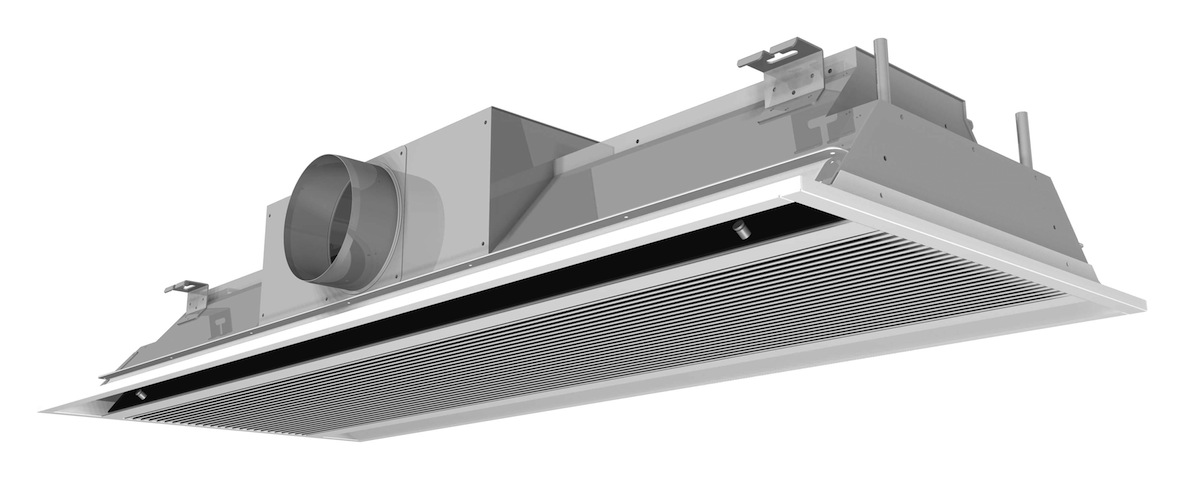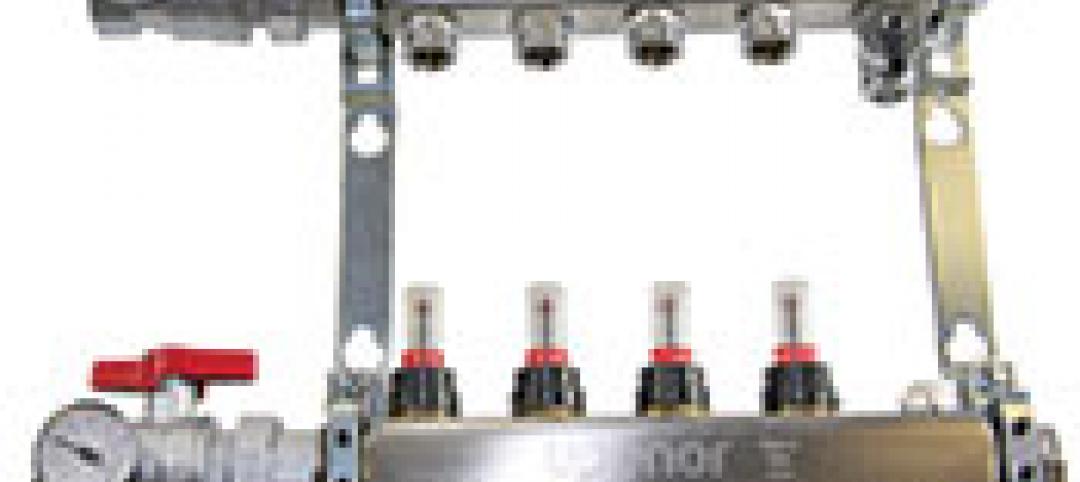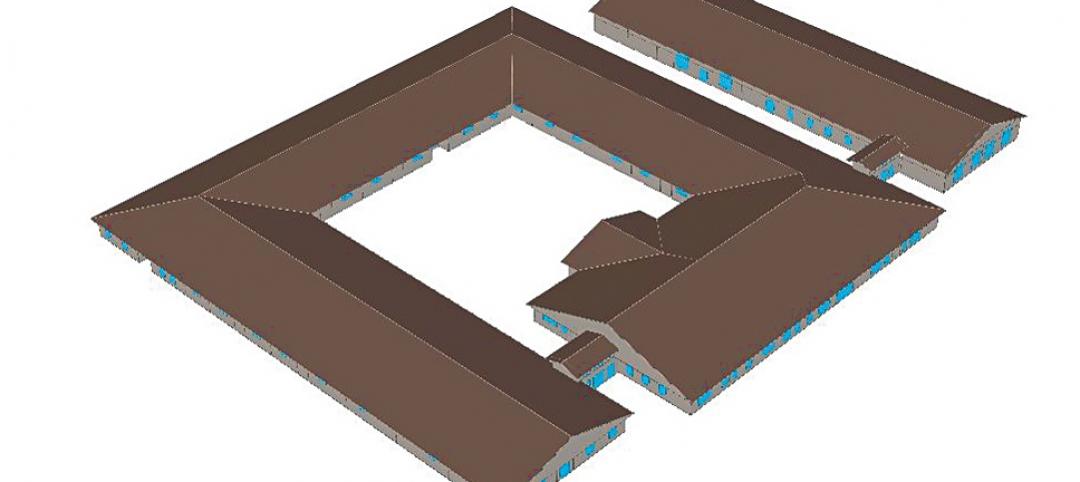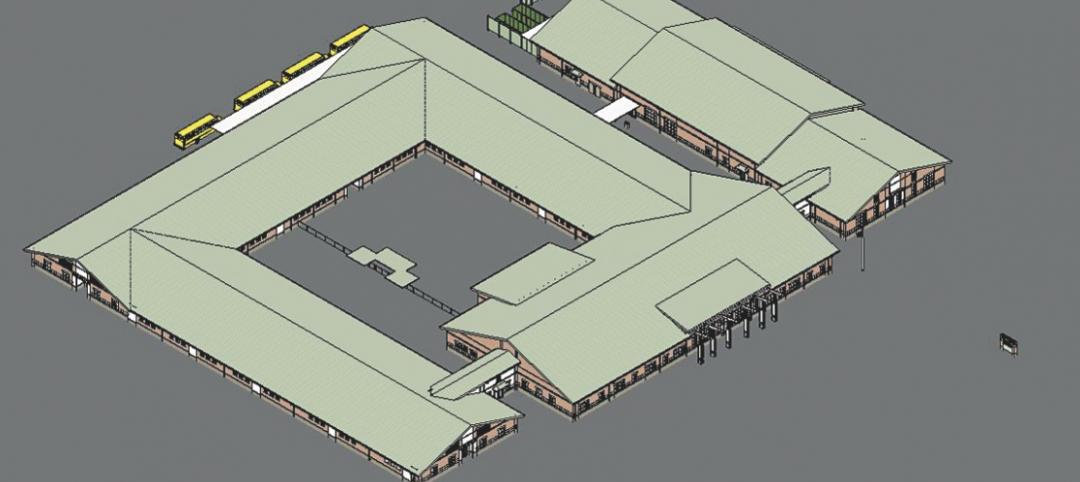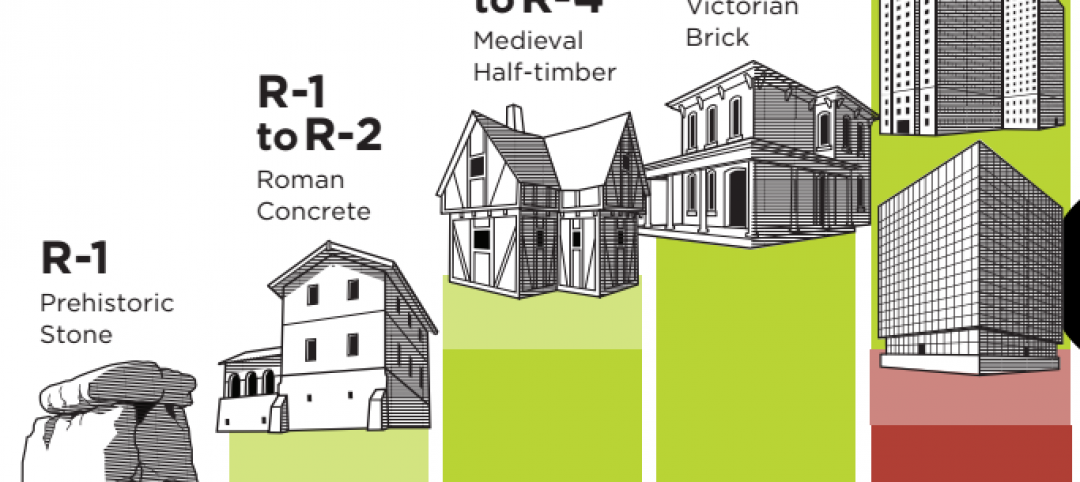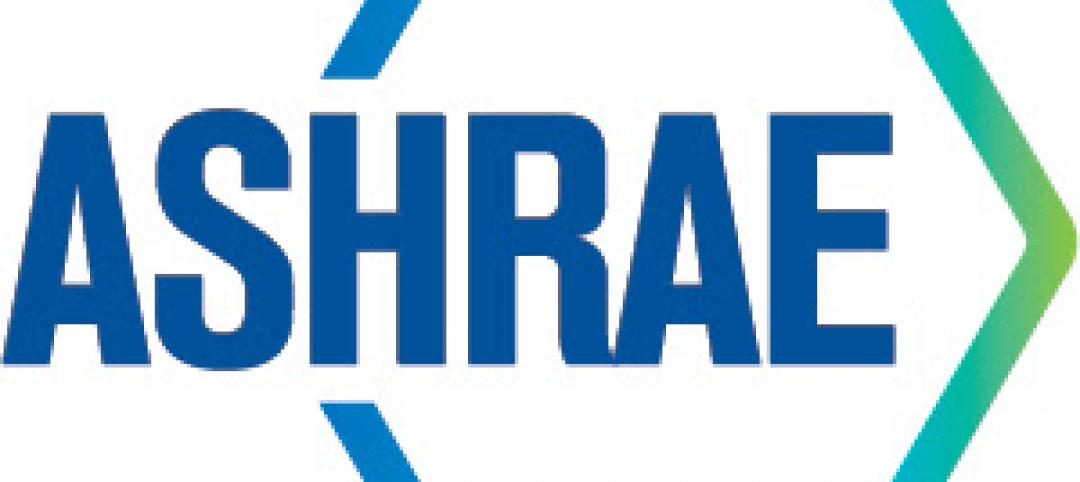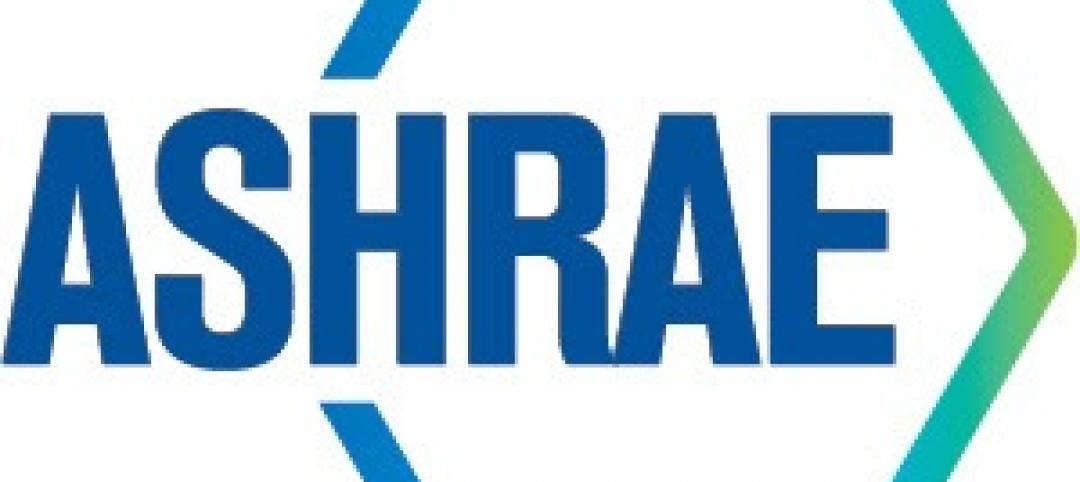A new book from ASHRAE and the Federation of European Heating, Ventilation and Air-Conditioning Associations (REHVA) provides guidance on designing chilled-beam systems.
The Active and Passive Beam Application Design Guide was produced through a collaboration of worldwide experts to give system designers a current, authoritative guide on successfully applying active and passive beam technology. Building on REHVA’s previously published Chilled Beam Application Guidebook, the new guide provides up-to-date tools and advice for designing, commissioning, and operating chilled-beam systems. It includes examples of active and passive beam calculations and selections.
Active and passive beam systems are energy-efficient solutions for spaces that require individual zone control and where internal moisture loads are moderate. “Active and passive beam systems provide good thermal comfort and energy and space saving advantages; and the operation of such systems is simple, with low maintenance requirements,” co-editor John Woollett said. “In a building where the goal is a low energy usage index, beams can be an excellent choice of indoor climate product.”
Although they are often referred to as “chilled” beams, in many cases active beams can be used for both heating and cooling. Active and passive beams are room air recirculation devices that transfer sensible heat to and from the space using water. In addition, conditioned primary air is ducted to active beams. Active and passive beams may be integrated with acoustic ceilings or independently mounted.
Related Stories
| Dec 28, 2014
New trends in ceiling designs and materials [AIA course]
A broad array of new and improved ceiling products offers designers everything from superior acoustics and closed-loop, recycled content to eased integration with lighting systems, HVAC diffusers, fire sprinkler heads, and other overhead problems. This course describes how Building Teams are exploring ways to go beyond the treatment of ceilings as white, monolithic planes.
| Sep 5, 2014
Uponor launches new stainless-steel manifold for radiant heating and cooling applications
Made of corrosion-resistant stainless steel, the manifold is available in 1" and 1¼" sizes in 2 through 8, 10 and 12 loop configurations.
| Aug 14, 2014
8 do's and don'ts for completing an HVAC life cycle cost assessment
There are many hurdles to overcome when completing a life cycle cost assessment. RMF Engineering’s Seth Spangler offers some words of advice regarding LCCAs.
| Aug 14, 2014
Life cycle cost analysis using energy modeling
A life cycle cost analysis helps a school district decide which HVAC system to use in $198 million worth of future building projects.
| Aug 4, 2014
Facebook’s prefab data center concept aims to slash construction time in half
Less than a year after opening its ultra-green, hydropowered data center facility in Luleå, Sweden, Facebook is back at it in Mother Svea with yet another novel approach to data center design.
| Jul 17, 2014
A harmful trade-off many U.S. green buildings make
The Urban Green Council addresses a concern that many "green" buildings in the U.S. have: poor insulation.
| Jul 17, 2014
GSA study finds biomass boilers are viable option for heating federal buildings
After operating the first biomass boiler in the Ketchikan, Alaska, Federal Building, the U.S. General Services Administration (GSA) has concluded that biomass boilers are a viable alternative for hot-water-heated buildings where natural gas is unavailable.
| Jul 17, 2014
Alliance formed to promote research on indoor air quality
A memorandum of understanding creating the Indoor Environment Quality Global Alliance was signed on June 29; the Alliance was formed to explore ways in which industry groups could work together to address all aspects of indoor environmental quality and health.
| Jul 16, 2014
ASHRAE, IAQA team up to improve resources on indoor air quality
Indoor Air Quality Association will become part of the ASHRAE organization while maintaining its own brand and board; HQ will relocate to Atlanta.
| Jul 10, 2014
BioSkin 'vertical sprinkler' named top technical innovation in high-rise design
BioSkin, a system of water-filled ceramic pipes that cools the exterior surface of buildings and their surrounding micro-climates, has won the 2014 Tall Building Innovation Award from the Council on Tall Buildings and Urban Habitat.


